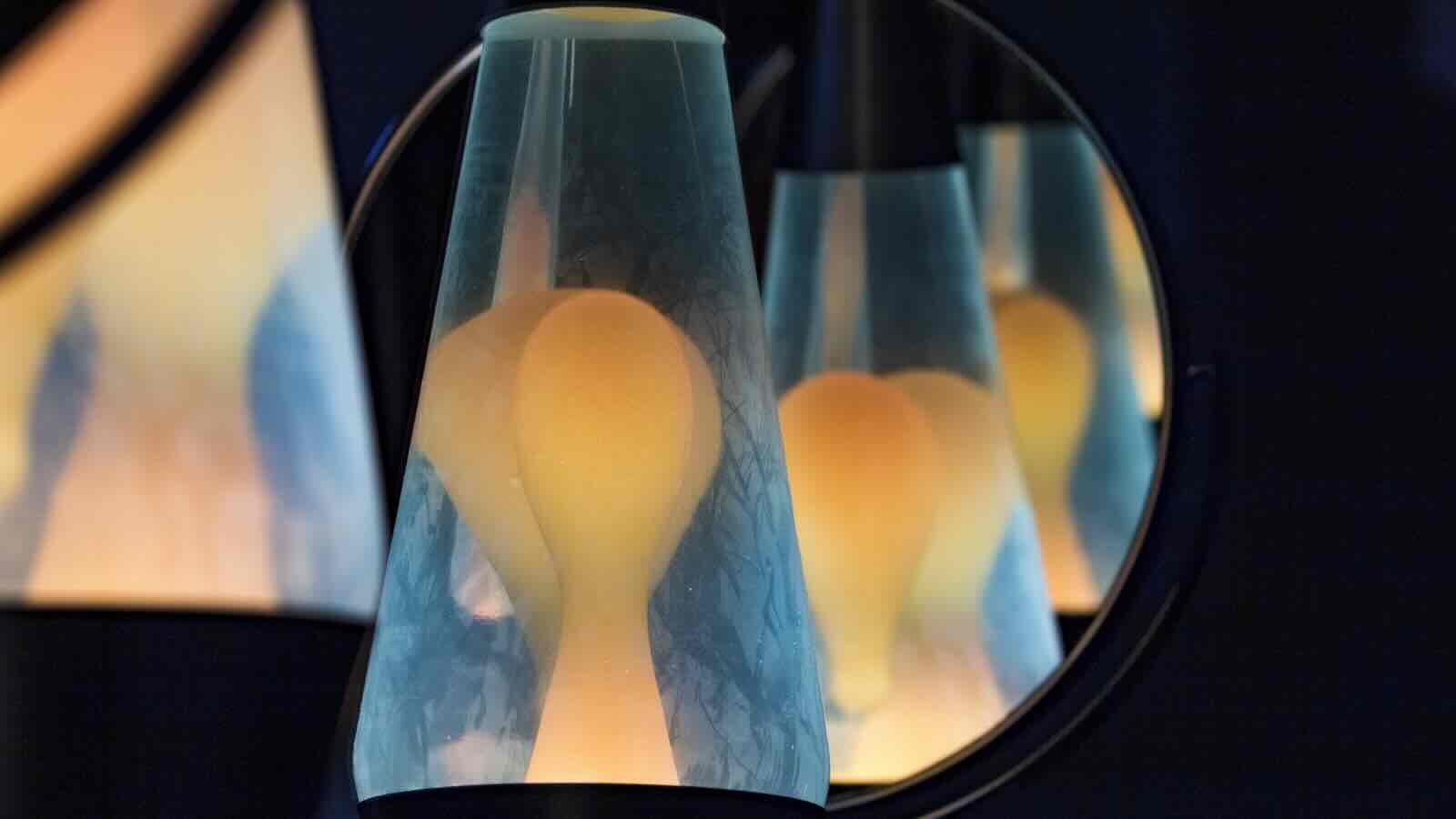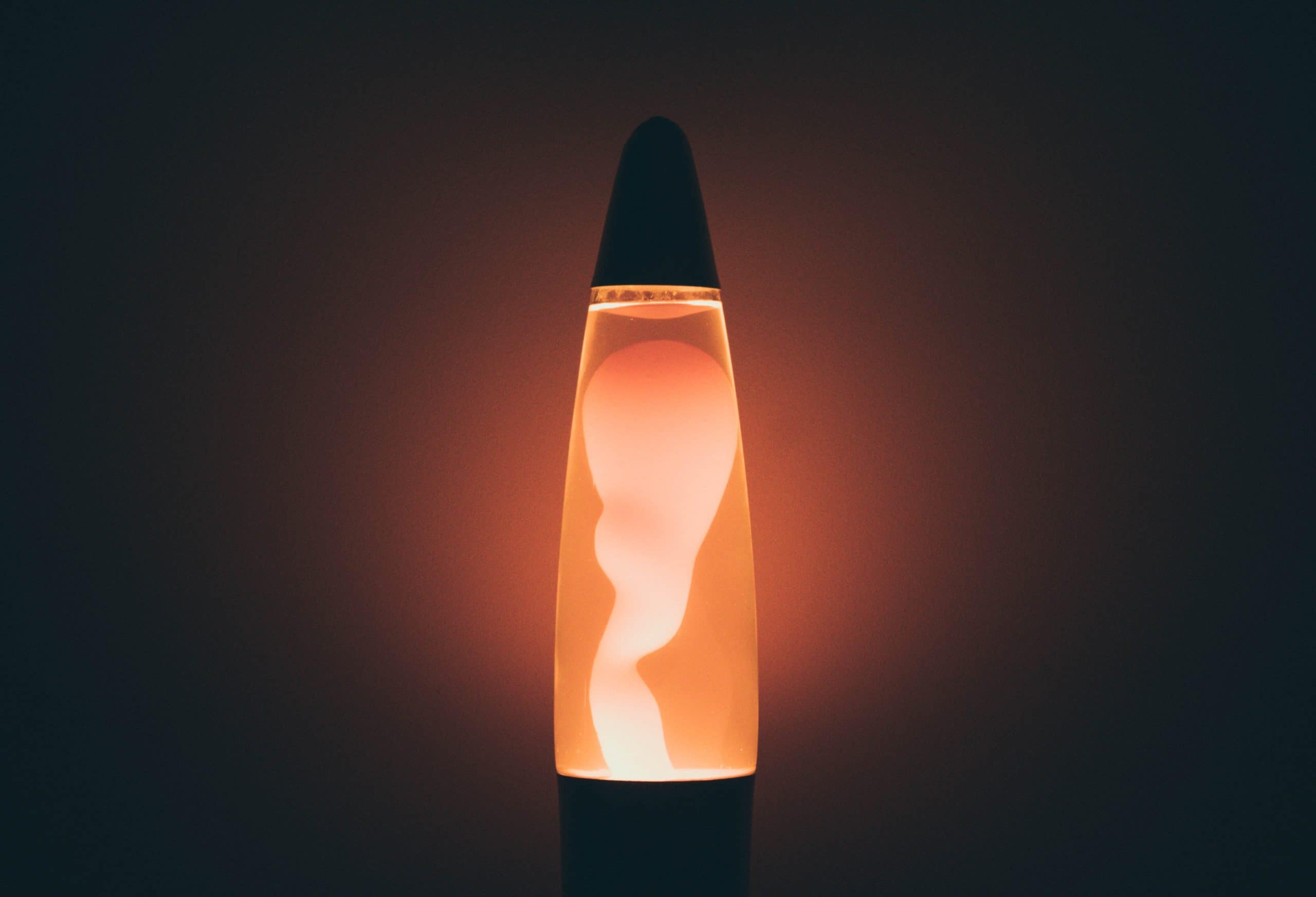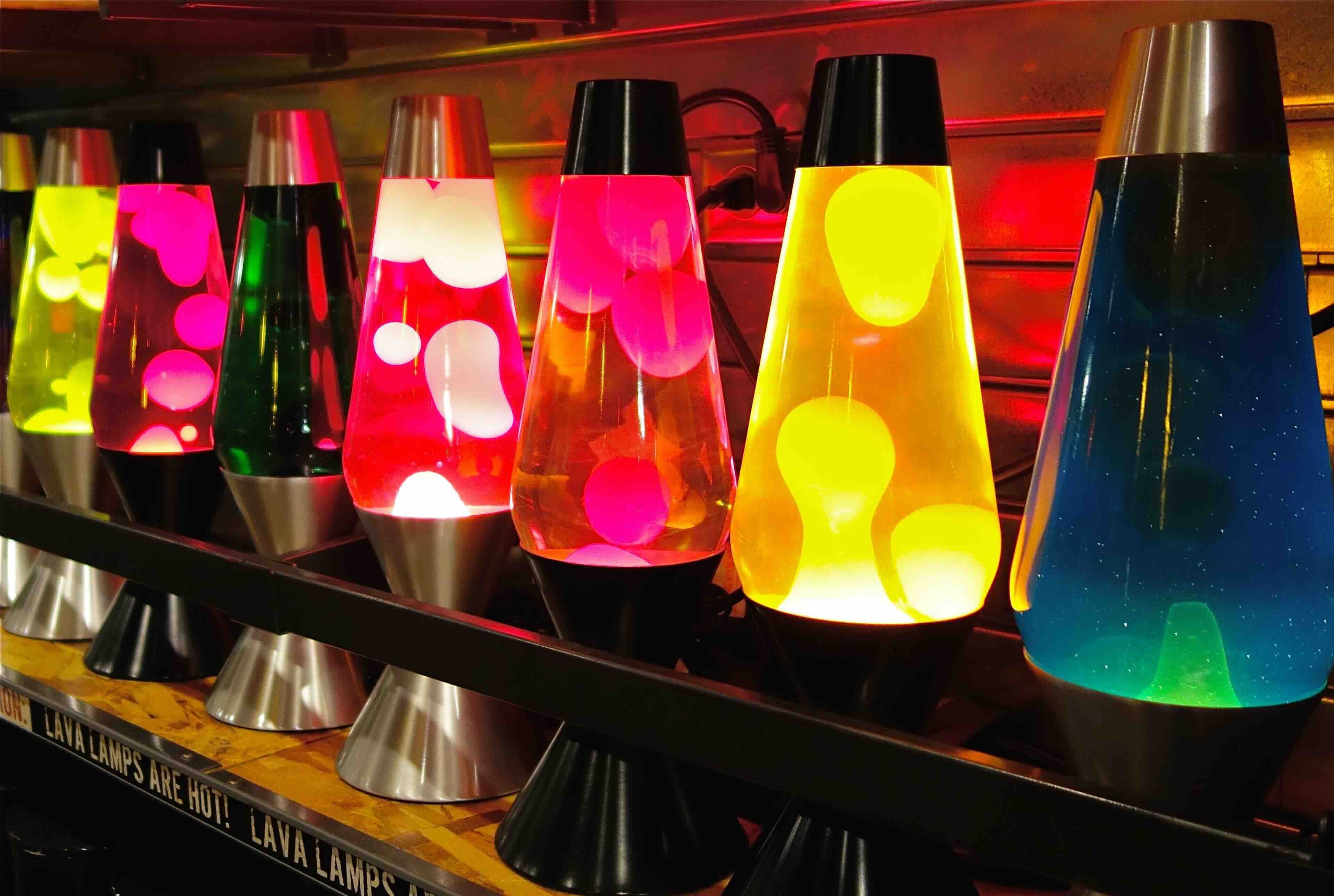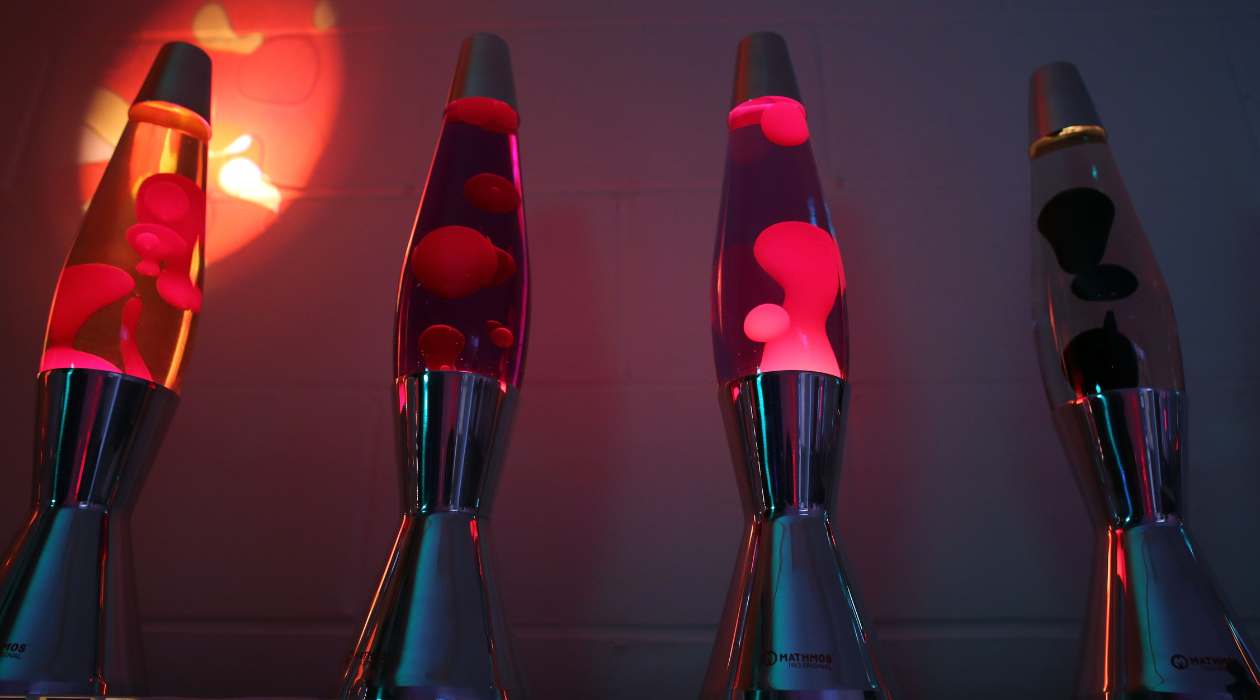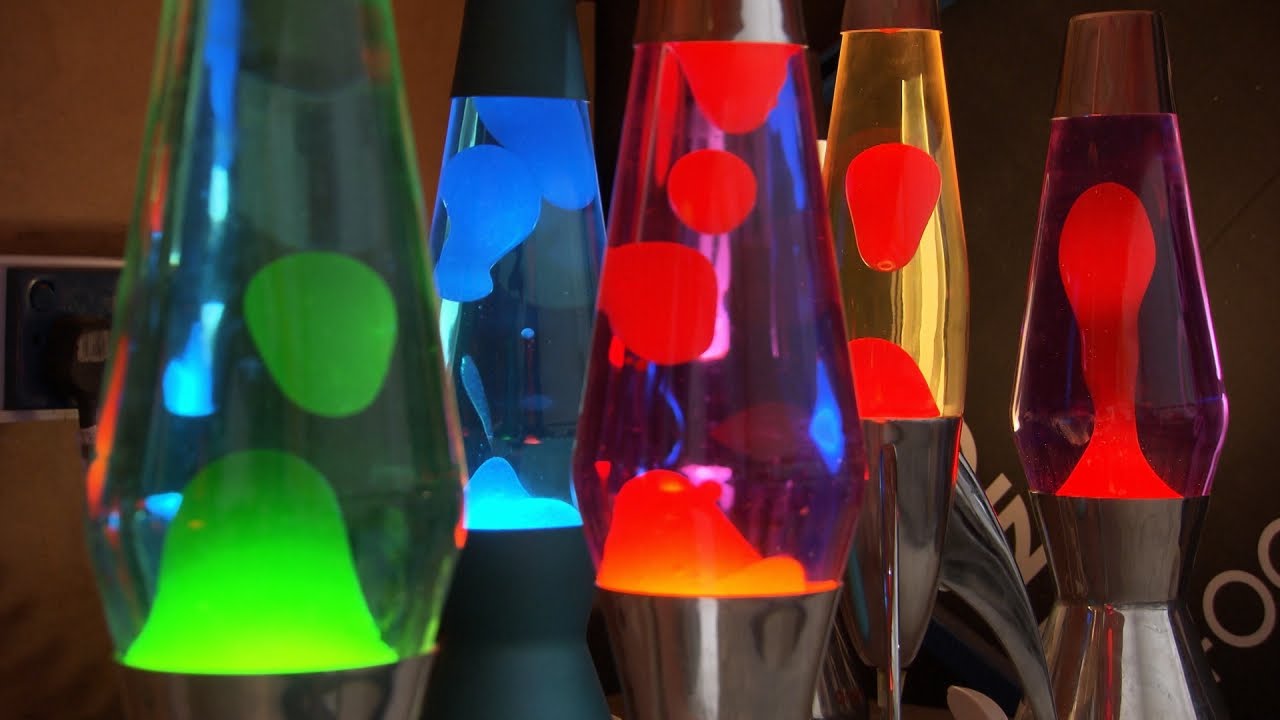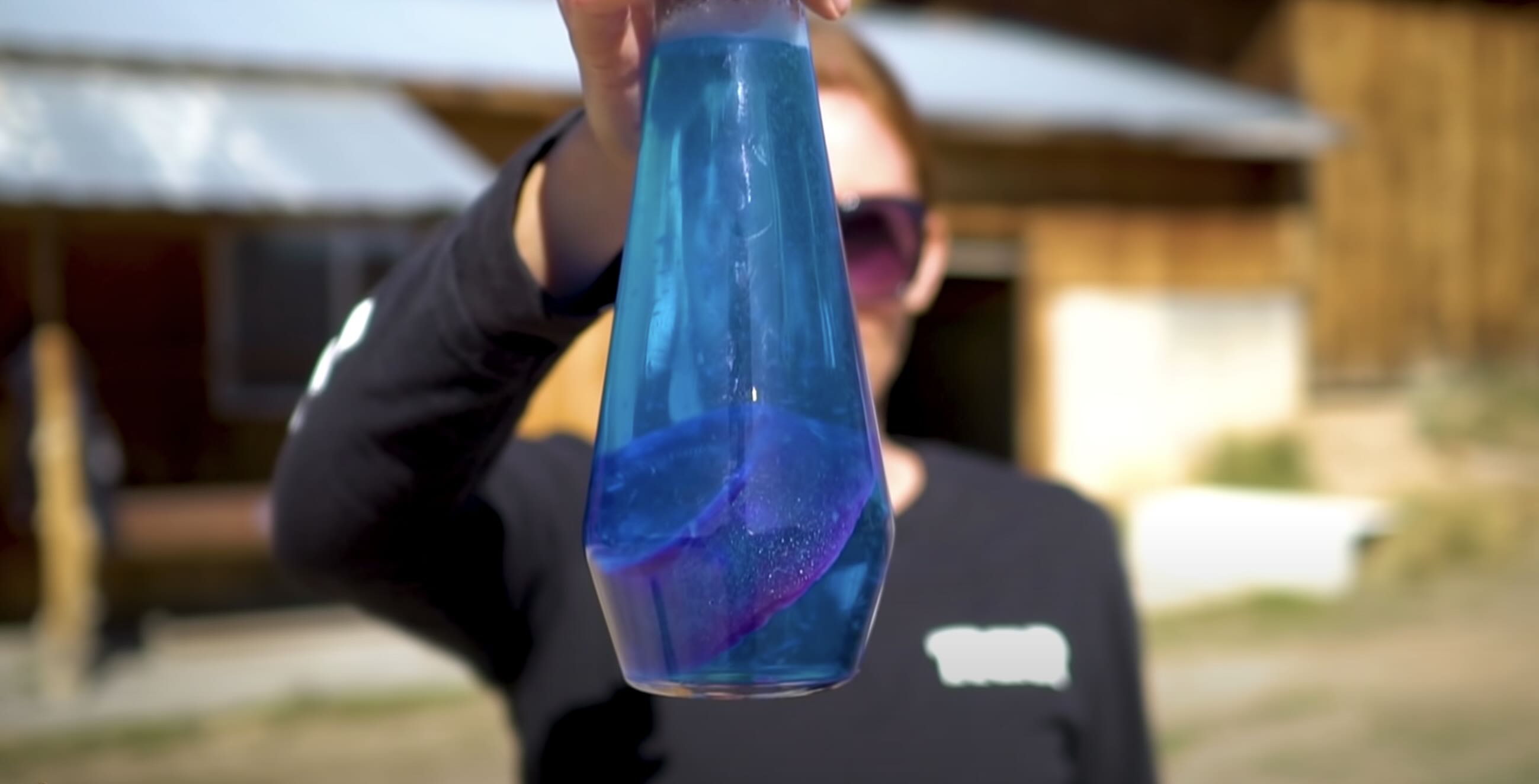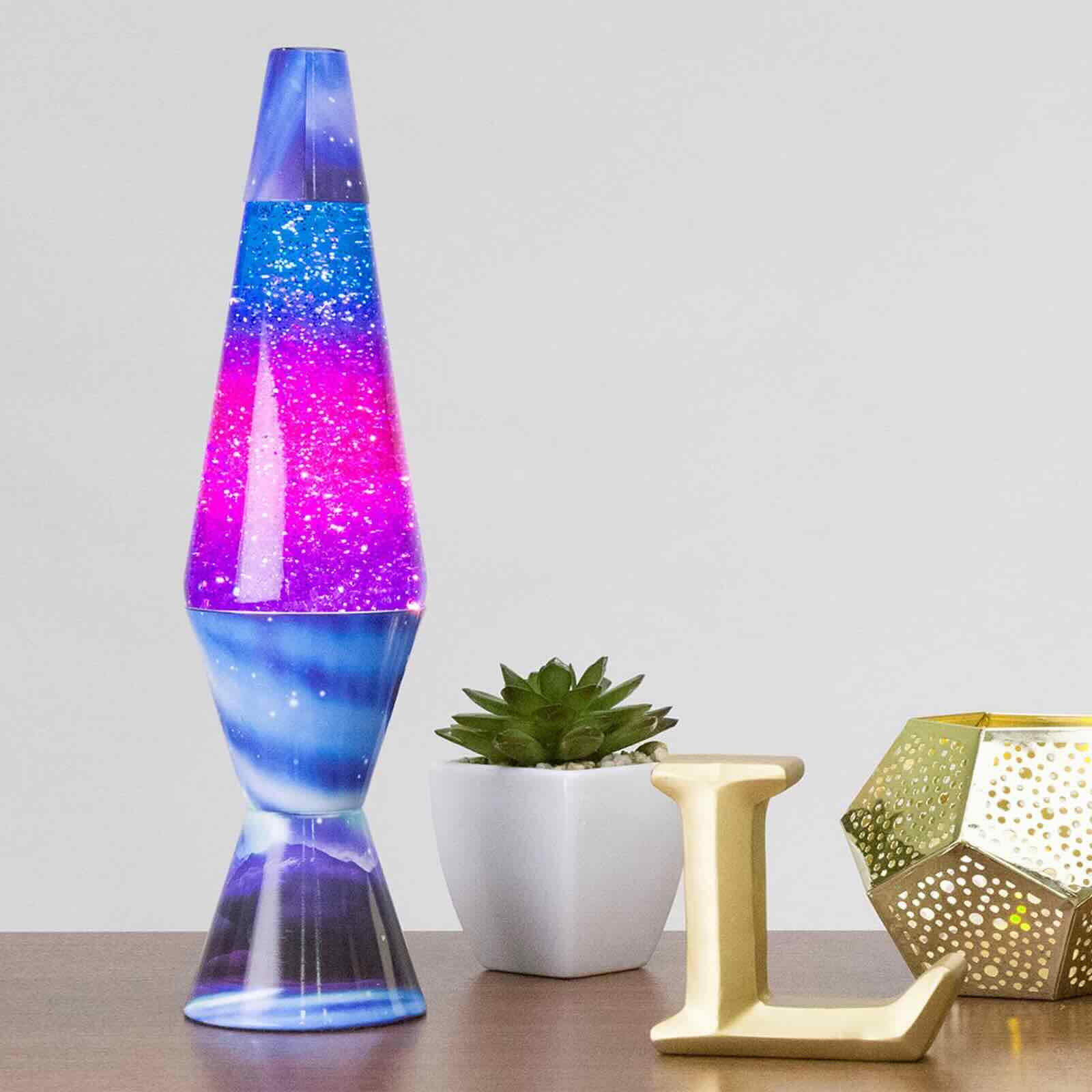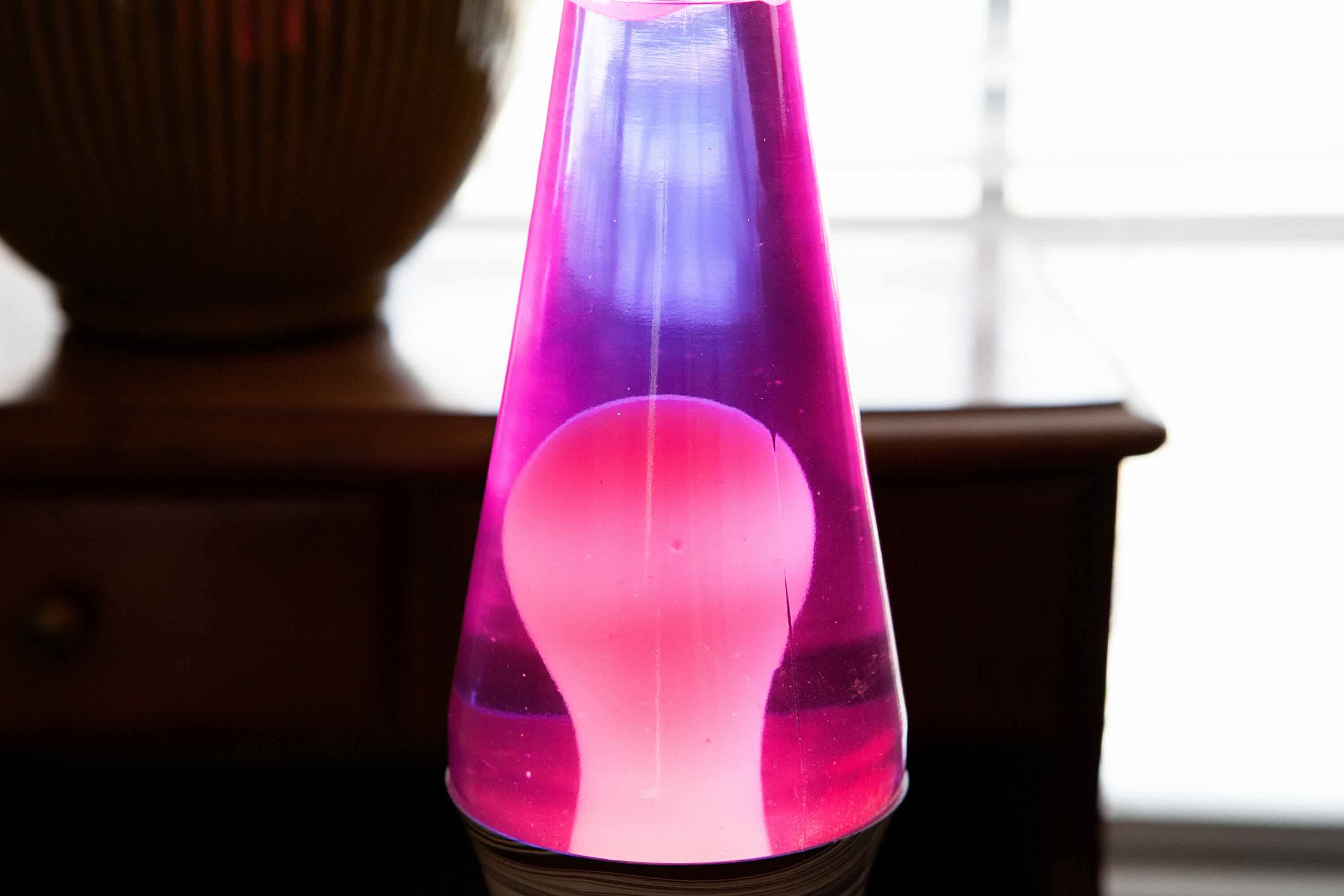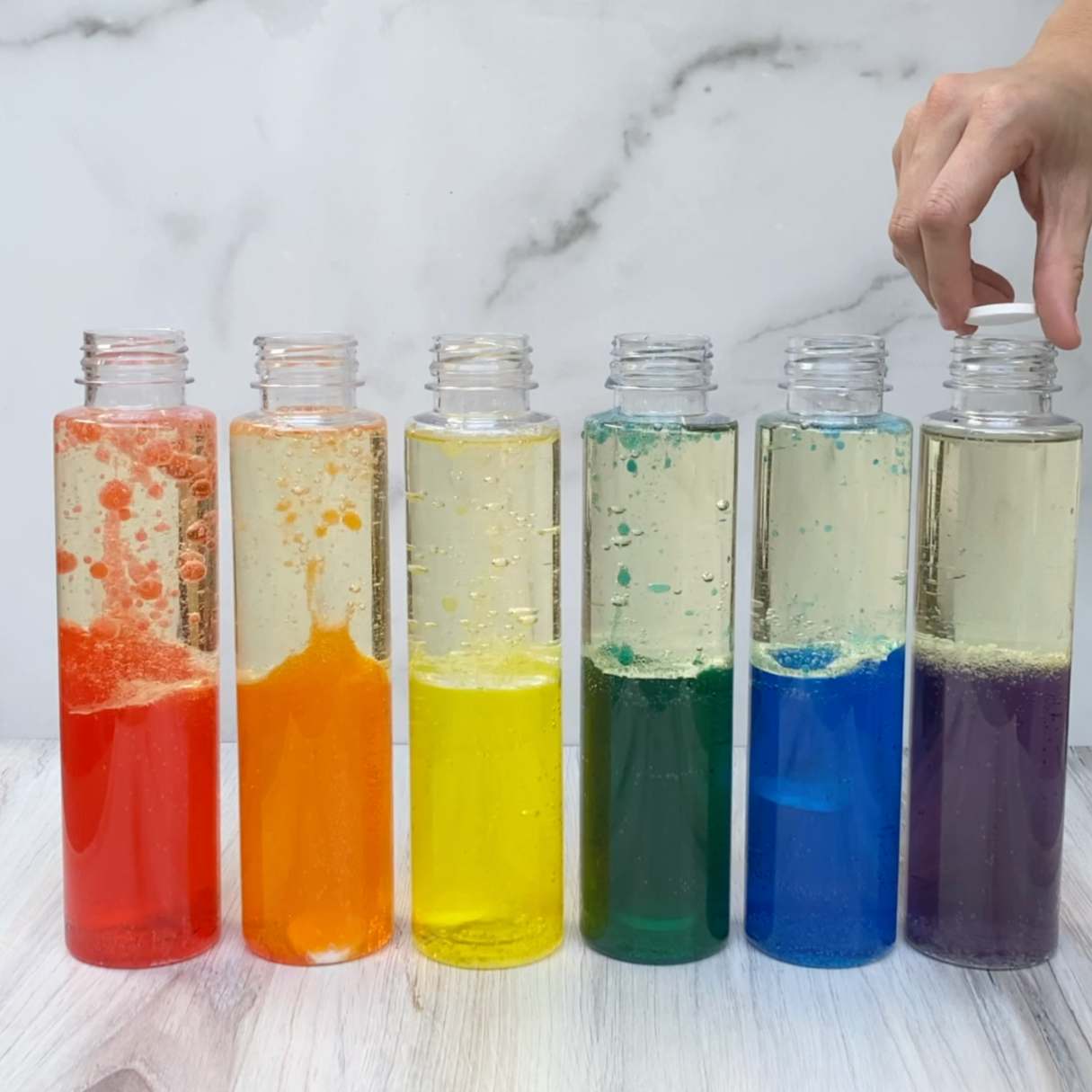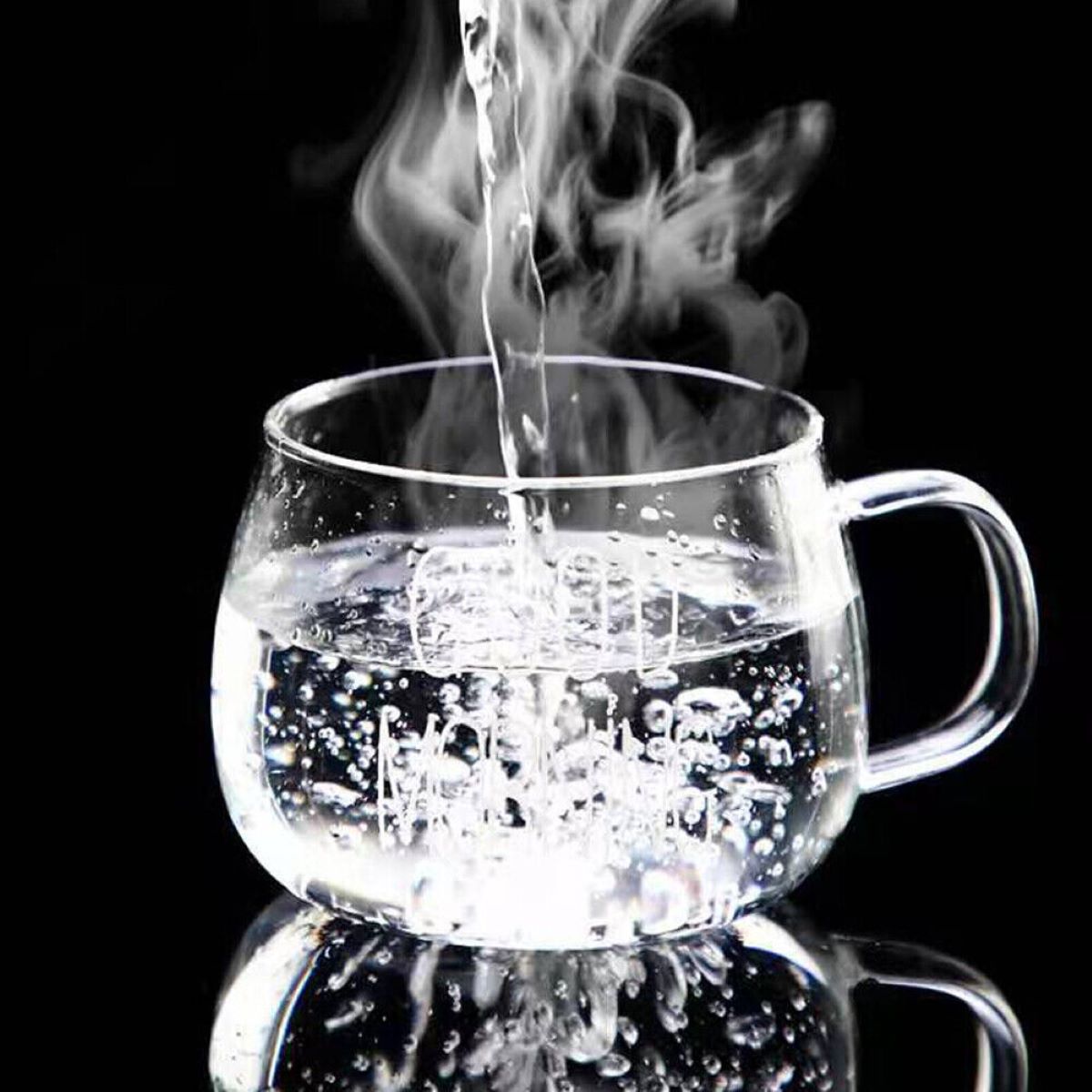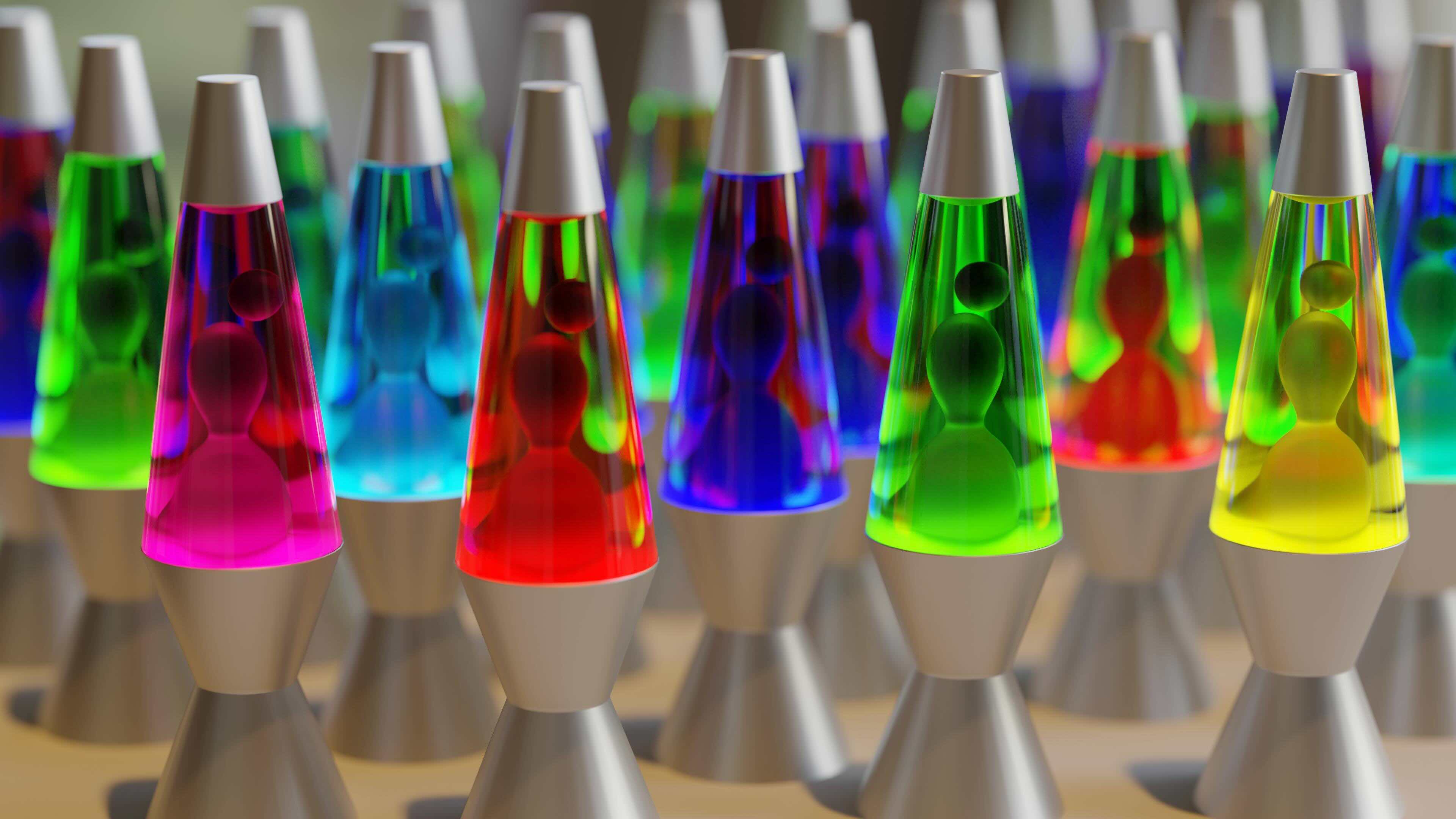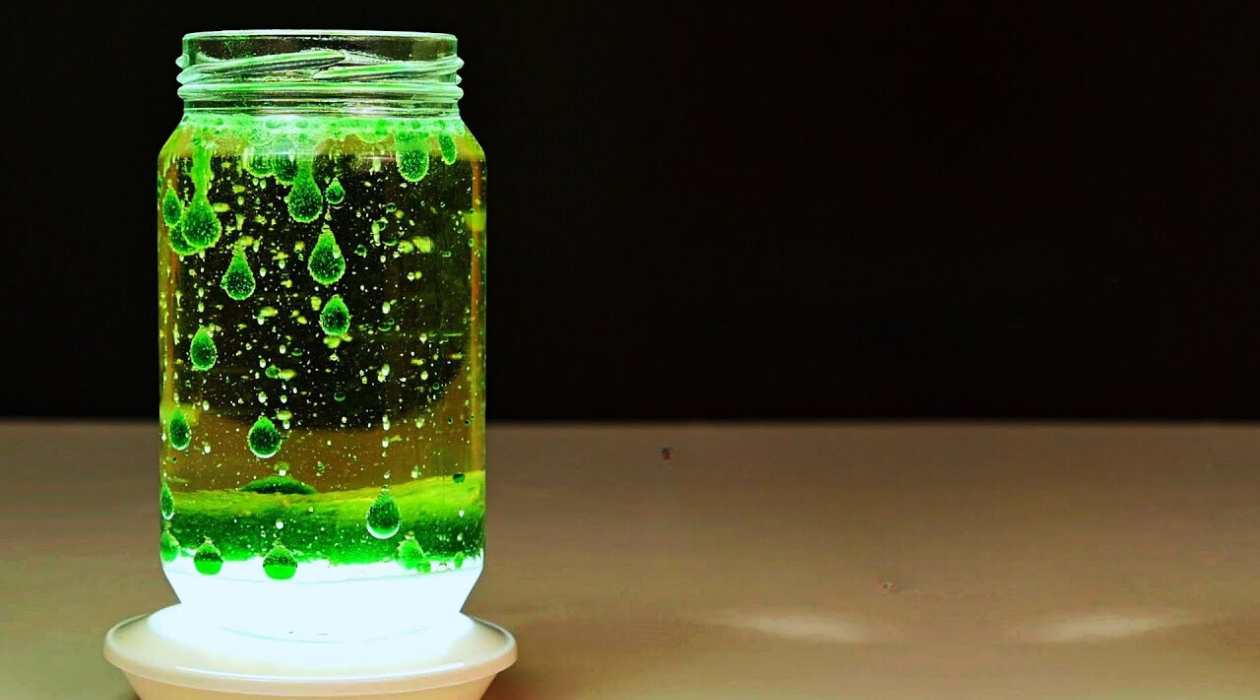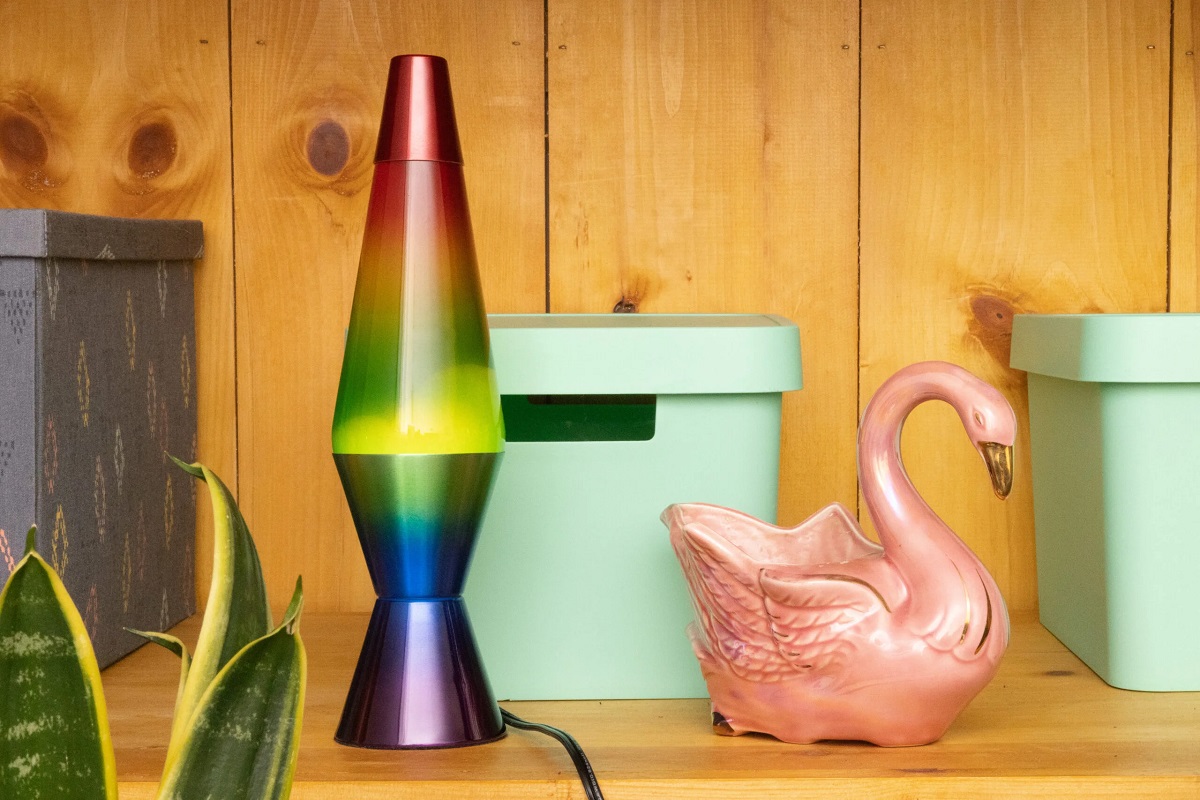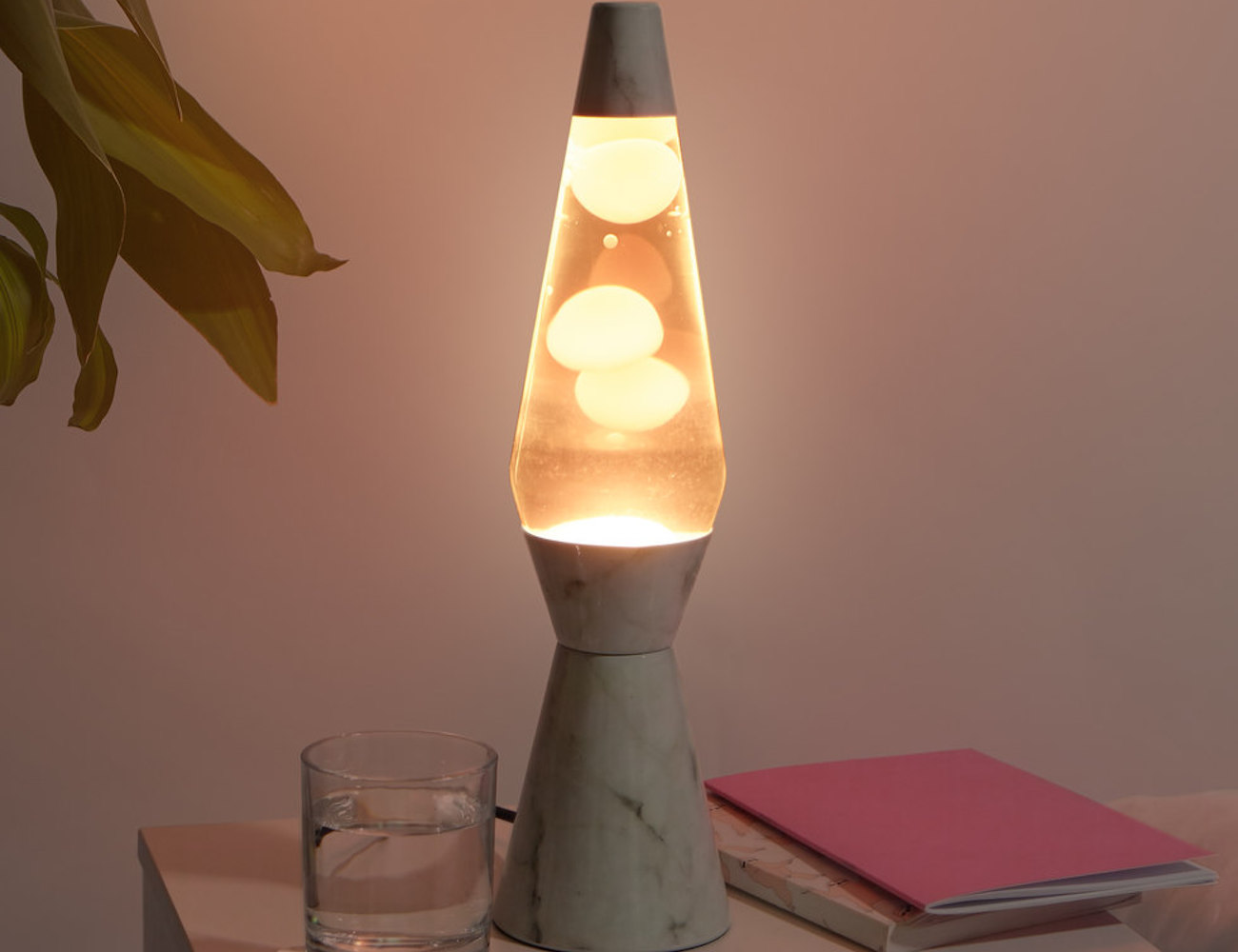

Furniture
How Hot Can A Lava Lamp Get
Modified: December 7, 2023
Discover the maximum temperature a lava lamp can reach and explore its potential impact on furniture. Learn more about heat resistance and protection.
(Many of the links in this article redirect to a specific reviewed product. Your purchase of these products through affiliate links helps to generate commission for Storables.com, at no extra cost. Learn more)
Introduction
Welcome to the fascinating world of lava lamps! These iconic pieces of decor have captivated people with their mesmerizing motion and vibrant colors for decades. But have you ever wondered how hot a lava lamp can actually get? In this article, we will delve into the inner workings of lava lamps and explore the maximum temperatures they can reach.
Lava lamps have a unique charm that adds a touch of retro flair to any room. They were first introduced to the market in the 1960s and quickly became a symbol of the counterculture movement. Since then, they have remained popular for their groovy aesthetics and relaxing ambiance.
In order to understand how hot a lava lamp can get, let’s first take a closer look at how these captivating devices work. By understanding the basic mechanics behind them, we can better grasp the factors that influence their temperature.
Key Takeaways:
- Lava lamps typically reach temperatures between 130 to 170 degrees Fahrenheit, creating the mesmerizing wax motion without becoming overly hot or losing its distinctive appeal.
- Factors such as heat source wattage, lamp design, ambient room temperature, and operating duration influence the temperature of a lava lamp, requiring careful consideration for optimal performance and safety.
Read more: How To Clean A Lava Lamp
What is a Lava Lamp?
A lava lamp is a unique decorative item that combines art, science, and a touch of magic. It typically consists of a glass or acrylic container filled with a special liquid and colored wax. The liquid, which is usually a mixture of water and oil, is heated by a light bulb or other heat source located at the base of the lamp.
The colored wax, known as “lava,” floats in the liquid, creating mesmerizing patterns and shapes as it rises and falls. The distinct lava lamp effect is achieved by the interaction between the heated liquid and the wax, which has a slightly higher density than the liquid itself.
When the heat source is turned on, it warms the liquid, causing it to expand and become less dense. As a result, the wax rises to the top of the lamp, creating globules of various sizes. Once the wax reaches the top, it cools down and becomes denser, causing it to sink back to the bottom. This continuous cycle of rising and falling creates the captivating motion that lava lamps are known for.
Lava lamps come in a variety of sizes, shapes, and colors, allowing individuals to choose the one that best suits their personal style and preferences. Some lamps feature different colored wax, while others have a glittery or metallic effect for added visual interest. Regardless of the specific design, each lava lamp shares the common characteristic of providing a soothing and visually appealing display.
How Does a Lava Lamp Work?
Understanding the inner workings of a lava lamp can help us unravel the mystery behind its mesmerizing motion. The key elements that contribute to its operation are the combination of liquids and the heat source.
The liquid inside a lava lamp is typically a mixture of water and a type of oil, such as mineral oil or paraffin oil. These liquids have different densities, with the oil being less dense than the water. Because of this density difference, the oil will float on top of the water when they are combined.
The heat source is positioned at the base of the lamp and is usually in the form of a light bulb. When the lamp is switched on, the heat from the bulb begins to warm the liquid mixture. As the liquid heats up, it expands and becomes less dense.
As the liquid near the heat source warms up, the wax that is mixed with it also heats up and begins to melt. The melted wax, being of lower density than the liquid, rises to the top of the lamp. As it reaches the cooler upper section, it begins to cool down and solidify once again.
When the wax solidifies, its density increases, causing it to become heavier than the surrounding liquid. This heavier wax then sinks back down to the bottom of the lamp. This continuous cycle of rising and sinking creates the unique motion that we associate with a lava lamp.
The specific formula used for the liquid and wax mixture greatly influences the behavior of the lava lamp. The density of the wax, as well as the ratio of water to oil, must be carefully calibrated to achieve the desired floating and sinking motion. This is why different brands and types of lava lamps may have slightly different appearances and behaviors.
The Heat Source in a Lava Lamp
The heat source in a lava lamp plays a crucial role in generating the temperature needed to create the mesmerizing lava lamp effect. It is typically located at the base of the lamp and is responsible for heating the liquid mixture and wax.
The most common type of heat source used in lava lamps is a simple incandescent light bulb. The wattage of the bulb can vary depending on the size and design of the lamp, but it is usually in the range of 15 to 40 watts. The heat generated by the light bulb is transferred to the liquid through conduction.
When the lamp is turned on, the light bulb begins to emit light and heat. As the heat radiates from the bulb, it warms up the surrounding air and the liquid in the lamp. The temperature gradually rises, causing the liquid to expand and the wax to melt and rise to the top of the lamp.
The positioning of the light bulb is critical in ensuring the proper functioning of the lava lamp. It needs to be located close enough to the bottom of the lamp to efficiently transfer heat to the liquid, but not so close that it causes the liquid to overheat and become unstable.
In some lava lamp designs, the heat source may consist of a halogen bulb or an LED light. While these bulbs generate less heat than incandescent bulbs, they can still generate enough heat to create the lava lamp effect. LED lights, in particular, are energy-efficient and can produce vibrant colors, making them a popular choice for modern lava lamp designs.
Regardless of the type of heat source used, it is important to ensure that the lava lamp is plugged into a properly grounded electrical outlet. This helps prevent any electrical hazards and ensures the safe operation of the lamp.
It’s worth noting that the heat source in a lava lamp can generate a significant amount of heat, especially after extended periods of operation. This can cause the lamp’s exterior to become hot to the touch. As a safety precaution, it is essential to handle the lamp with care and avoid touching the heated areas to prevent burns or discomfort.
Now that we understand the role of the heat source, let’s explore the maximum temperature a lava lamp can reach in the next section.
Lava lamps can reach temperatures of around 140-170°F (60-76°C). To avoid burns, keep the lamp out of reach of children and pets, and place it on a heat-resistant surface.
The Maximum Temperature of a Lava Lamp
The maximum temperature that a lava lamp can reach depends on various factors, including the wattage of the heat source, the design of the lamp, and the surrounding environment. While there is no definitive answer to the exact maximum temperature, lava lamps typically operate within a range of 130 to 170 degrees Fahrenheit (54 to 77 degrees Celsius).
One of the primary reasons for this temperature range is to ensure the proper flow and movement of the wax. If the temperature is too low, the wax may not melt and rise to the top of the lamp. On the other hand, if the temperature is too high, the wax may become too thin and lose its distinct globular form, resulting in a less vibrant lava lamp effect.
Manufacturers carefully design lava lamps to achieve a balance between temperature and viscosity. The warmth generated by the heat source is sufficient to melt the wax and create the desired movement without causing it to become overly thin or excessively hot.
It’s important to keep in mind that the maximum temperature is typically reached after the lava lamp has been operating for a period of time. Initially, the lamp may take some time to reach its optimal temperature, and the wax may appear less fluid or active. However, as the lamp continues to operate, the temperature gradually increases, enhancing the motion and flow of the wax.
Factors such as the ambient room temperature and the duration of lamp operation can also influence the maximum temperature achieved by a lava lamp. For example, in a colder environment, it may take longer for the lamp to heat up and reach its maximum temperature. Conversely, operating the lamp for an extended period may cause the temperature to rise further.
It’s essential to note that while the exterior of a lava lamp can become hot during operation, the liquid and wax inside are not intended to reach boiling temperatures. The design of the lamp and its heat source are specifically engineered to create a safe and enjoyable user experience.
To ensure the longevity and safe operation of your lava lamp, it is recommended to follow the manufacturer’s guidelines regarding usage time and operating conditions. Additionally, always make sure to place the lava lamp on a stable surface away from flammable materials and keep it out of reach of children or pets.
Now that we have explored the maximum temperature of a lava lamp, let’s delve into the factors that can influence the temperature in the next section.
Read more: How Long Can You Leave Lava Lamp On
Factors Influencing the Temperature
Several factors can influence the temperature of a lava lamp and affect how hot it gets during operation. Understanding these factors can help you optimize the performance and longevity of your lava lamp.
1. Heat Source Wattage: The wattage of the light bulb or heat source used in the lava lamp plays a significant role in determining the temperature. Higher wattage bulbs generate more heat, resulting in a higher temperature. It’s essential to use the recommended wattage specified by the manufacturer to ensure the lamp operates within the desired temperature range.
2. Lamp Design and Size: The design and size of the lava lamp can also impact the temperature it reaches. Larger lamps tend to have more volume, which requires additional heat to warm the liquid and wax. The design, such as the shape and surface area of the container, can also affect the heat distribution and temperature control of the lamp.
3. Ambient Room Temperature: The temperature of the surrounding environment can influence how hot the lava lamp gets. In a colder room, it may take longer for the lamp to reach its optimal temperature, while in a warmer room, the temperature may rise more quickly.
4. Operating Duration: The duration for which the lava lamp remains turned on can affect the temperature as well. Over an extended period of operation, the temperature may gradually increase. It’s important to follow the manufacturer’s guidelines regarding the recommended operating time to prevent overheating.
5. Liquid and Wax Composition: The specific mixture of liquids and wax in the lava lamp can impact the temperature. The density and composition of the liquids and wax determine how efficiently they transfer and retain heat. Different brands and types of lava lamps may have slightly different compositions, resulting in variations in temperature.
6. Lamp Placement: The placement of the lava lamp can also impact its temperature. Placing it near a window or in direct sunlight can expose it to additional heat, leading to an increase in temperature. It’s best to position the lamp in a cool, shaded area to moderate the temperature within the desired range.
It’s important to note that maintaining the ideal temperature range is crucial for the optimal operation and longevity of the lava lamp. Excessive heat can put stress on the materials and components, potentially affecting their performance over time.
By considering these factors and following the manufacturer’s guidelines, you can ensure that your lava lamp operates within the recommended temperature range, creating an enchanting visual display without compromising safety.
Next, let’s discuss potential risks and safety precautions associated with lava lamps.
Potential Risks and Safety Precautions
While lava lamps are generally safe to use when operated correctly, it is essential to be aware of potential risks and take necessary safety precautions. By following these guidelines, you can enjoy your lava lamp without any worries:
1. Avoid Touching the Lamp: During operation, the exterior of the lava lamp can become hot to the touch. To prevent burns or discomfort, avoid touching the lamp’s surface, especially near the heat source. Instead, handle the lamp by its base or other cool areas.
2. Placement and Stability: Ensure that your lava lamp is placed on a stable and level surface away from flammable materials, such as curtains or paper. Avoid placing the lamp on uneven surfaces or near the edge of a table where it could potentially fall and cause accidents.
3. Electrical Safety: Plug the lava lamp into a properly grounded electrical outlet to minimize the risk of electrical hazards. Inspect the power cord regularly for any signs of damage, and if any issues are detected, discontinue use and seek professional assistance for repairs.
4. Operating Time: Adhere to the manufacturer’s guidelines regarding the recommended operating time for your lava lamp. Extended periods of operation can cause the lamp to generate more heat, potentially exceeding the optimal temperature range and risking damage to the lamp or surrounding objects.
5. Supervision and Children: If you have children or pets in your household, ensure that the lava lamp is placed out of their reach. The hot surface of the lamp and the potential for breakage can pose a risk to curious hands or paws. Supervise children when they are near the lamp and explain the importance of not touching or tampering with it.
6. Proper Maintenance: Regularly inspect your lava lamp for any signs of damage, including cracks in the glass or leakage. If any damage is identified, discontinue using the lamp and seek professional assistance for repairs or replacement.
7. Cooling Period: After operating your lava lamp, allow it to cool down before handling or moving it. This cooling period ensures the lamp returns to a safe temperature and prevents the risk of burns or accidental spills.
By following these safety precautions, you can enjoy the mesmerizing beauty of your lava lamp while minimizing potential risks and ensuring a safe environment.
As we conclude our exploration of lava lamps, we hope you now have a better understanding of their workings, temperature range, and the importance of safety precautions. Lava lamps continue to be a timeless and captivating decorative piece, adding a touch of nostalgia and relaxation to any space.
Conclusion
Lava lamps have a unique and enduring appeal, captivating us with their mesmerizing motion and vibrant colors. They add a touch of nostalgia and a groovy ambiance to any space. In this article, we delved into the inner workings of lava lamps and explored the factors that influence their temperature.
We learned that lava lamps rely on a combination of liquids and a heat source to create their enchanting effect. The maximum temperature a lava lamp can reach is typically within the range of 130 to 170 degrees Fahrenheit (54 to 77 degrees Celsius). Several factors, such as heat source wattage, lamp design, ambient room temperature, operating duration, liquid and wax composition, and lamp placement, can influence the temperature of a lava lamp.
It is crucial to maintain the recommended temperature range for optimal performance and safety. Taking precautions such as avoiding touching the hot surface of the lamp, placing it on a stable surface, following electrical safety practices, adhering to operating time guidelines, supervising children, and performing regular maintenance can help ensure a safe and enjoyable experience with your lava lamp.
Ultimately, lava lamps continue to fascinate and inspire, infusing spaces with a sense of whimsy and relaxation. Whether you’re using a lava lamp for decorative purposes, as a soothing nightlight, or simply to add a touch of retro flair, it’s important to appreciate and respect the intricate balance of heat, motion, and aesthetics that make these lamps unique.
So, sit back, relax, and embrace the mesmerizing beauty of lava lamps as they transport you to a world of tranquility and nostalgia.
Frequently Asked Questions about How Hot Can A Lava Lamp Get
Was this page helpful?
At Storables.com, we guarantee accurate and reliable information. Our content, validated by Expert Board Contributors, is crafted following stringent Editorial Policies. We're committed to providing you with well-researched, expert-backed insights for all your informational needs.
